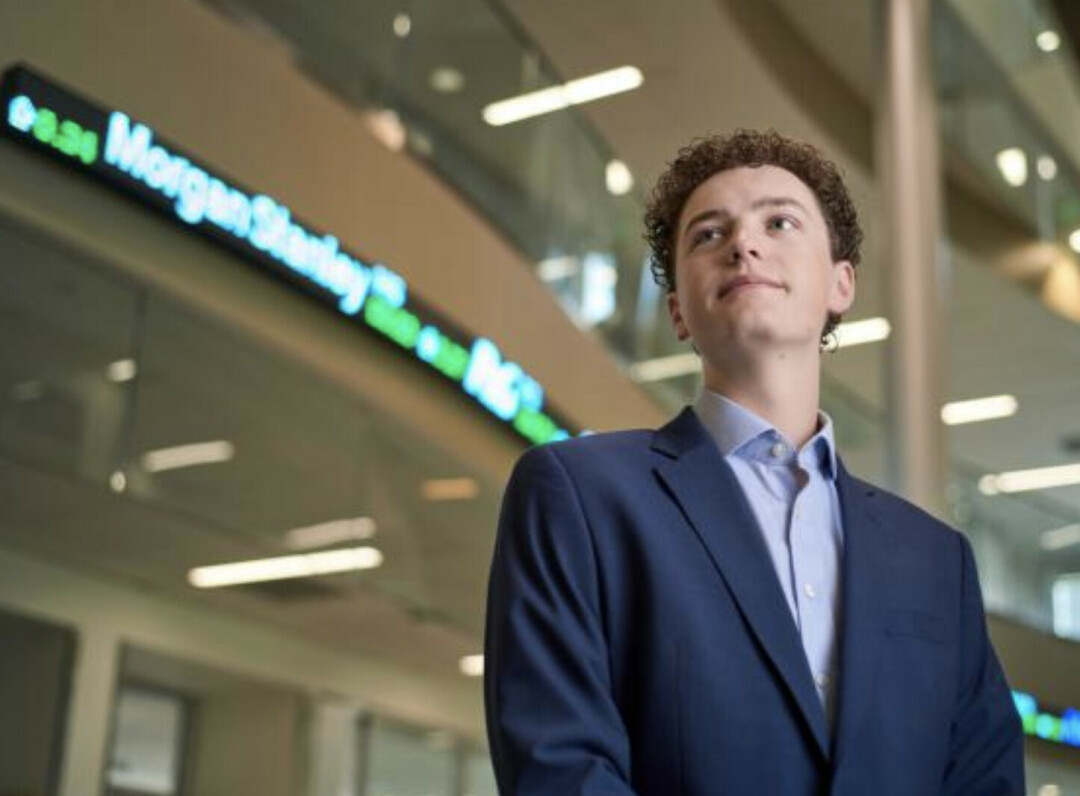Oct. 10 is World Mental Health Day and is the perfect opportunity to share the progress the Gallatin Behavioral Health Coalition and its members have made in enhancing the behavioral health system in our region.
The Gallatin Behavioral Health Coalition is a group committed to enhancing the behavioral health system of care in the region to be complete and responsive across the continuum, including health promotion, prevention, intervention, and recovery. The coalition is funded by the Montana Healthcare Foundation and the State Diversion Grant.
The coalition includes representatives from Gallatin County, the City of Bozeman, Bozeman Health, Community Health Partners, the Help Center, Montana State University, Connections Health Solutions, HRDC, Greater Gallatin United Way, Gallatin City-County Health Department, Gallatin County Sheriff’s Office, Bozeman Police Department, Gallatin County Attorney’s Office, Gallatin County school districts, Intermountain, Youth Dynamics, Yellowstone Boys and Girls Ranch, AWARE, Montana Healthcare Foundation, and Yellowstone Club Community Foundation.
In the last year, the coalition has made great progress in its mission to implement an appropriate system of prevention, intervention, treatment, and rehabilitation for community members so every person receives the right services in the right place, every time.
“It takes a team to serve our community’s behavioral health needs; no one provider can do it all. We have made great progress in implementing crisis services, and are working on implementing a lot of other great ideas to better serve youth and adult needs across the behavioral health continuum. I am grateful and excited for the collaborative spirit of our coalition making this work possible,” said Kirsten Smith, Gallatin Behavioral Health Coalition Coordinator.
The coalition is working to implement the Crisis Now model of care, which has key elements of providing someone to call, someone to respond, and somewhere to go. Below are highlights in each of those areas from our coalition members. Read the Gallatin Behavioral Health Coalition’s full summary report here.
Someone to Call:
The Help Center, our local 988/crisis line provider, gives real-time access to a live person every moment of every day for anyone who is in crisis, having suicidal thoughts, in emotional distress, or concerned about someone.
They answer an average of 300 behavioral health calls a month. They are able to stabilize and de-escalate 75% of those who call them. Using the caller’s own strengths, support systems, the robust 211 and mental health database, and the Help Center’s crisis follow-up services –their work reduces demand on other community services. For the other 25%, callers are referred to community and medical services.
For 24/7 help, you can reach the Help Center at 988 or 406-586-3333.
“We have been serving Gallatin County since 1971 and are proud to work alongside our coalition colleagues to address the needs of our growing community and help our community members access the services they need, 24/7,” said Mandy St. Aubyn, Development & Communications Coordinator, Help Center, Inc.

Someone to Respond:
Gallatin Mobile Crisis, established in July 2022 and staffed by Connections Health Solutions, is an emergency behavioral health response program for individuals experiencing a mental health crisis. The team is composed of local behavioral health professionals who provide on-scene evaluations, treatment, and crisis intervention. The team currently operates 12 hours a day, seven days a week.
Since January, 84% of people have been successfully supported in the community and did not require a higher level of care. This service is keeping these folks safe at home and in our community, and out of our emergency department and jail.
“It has been our privilege to serve the community as the mobile crisis response provider and gain the trust of so many who have allowed us to be there during an extremely difficult time,” said Paige Bichler, MSN, RN, vice president of clinical operations for Connections Health Solutions. “We are proud of the work we’ve done to date alongside members of the coalition and are grateful for the continued support of the community. We look forward to continuing to provide those in need with the highest quality of care, right when they need it.”
Somewhere to Go:
Bozeman Health provides Psychiatric Emergency Services (PES) adjacent to the emergency department at Bozeman Health Deaconess Regional Medical Center and is open 24/7/365. The PES area is designed to deliver an enhanced level of care that provides a calming and therapeutic environment for patients experiencing acute behavioral health needs in our community.
This year, the PES unit’s crisis interventionists conducted an average of 144 therapeutic encounters monthly between January and July. This service means more people are able to access behavioral healthcare for their crisis needs close to home.
“Bozeman Health is proud to deliver this vital, therapeutic care environment for our community, said Dr. Kathryn Bertany, Bozeman Health CEO. “The health system continues its commitment to providing large portions of the behavioral health continuum, including integrated behavioral health in our clinics, outpatient psychiatry, crisis stabilization in our PES area, and inpatient psychiatry and hospitalization.”






News Comments
Thank you
Open Auditions for Annie
Monday, Sep. 16, 2024
I’m at the Bozeman airport where your painting, “Blowing East” is displayed. It’s absolutely gorgeous! Bravo, Marci!!
The Artists’ Gallery in Bozeman’s Emerson Cultural Center May Exhibits
Sunday, Jun. 30, 2024
This is so typical of a sign in, which we should not have to do to check if we or some one in our party got a permit. I have been working or "creating an account" for 30 minutes and just get the same ...
Smith River permit drawing results available
Sunday, Mar. 10, 2024
I have struggled with this podcast and my own participation therein, the event itself obviously traumatic, but beyond that my inability to reach anyone and convey anything resembling truth. The person ...
Billings, MT Case Becomes True Crime Podcast | 'An Absurd Result'
Marktokarski
Saturday, Jan. 20, 2024